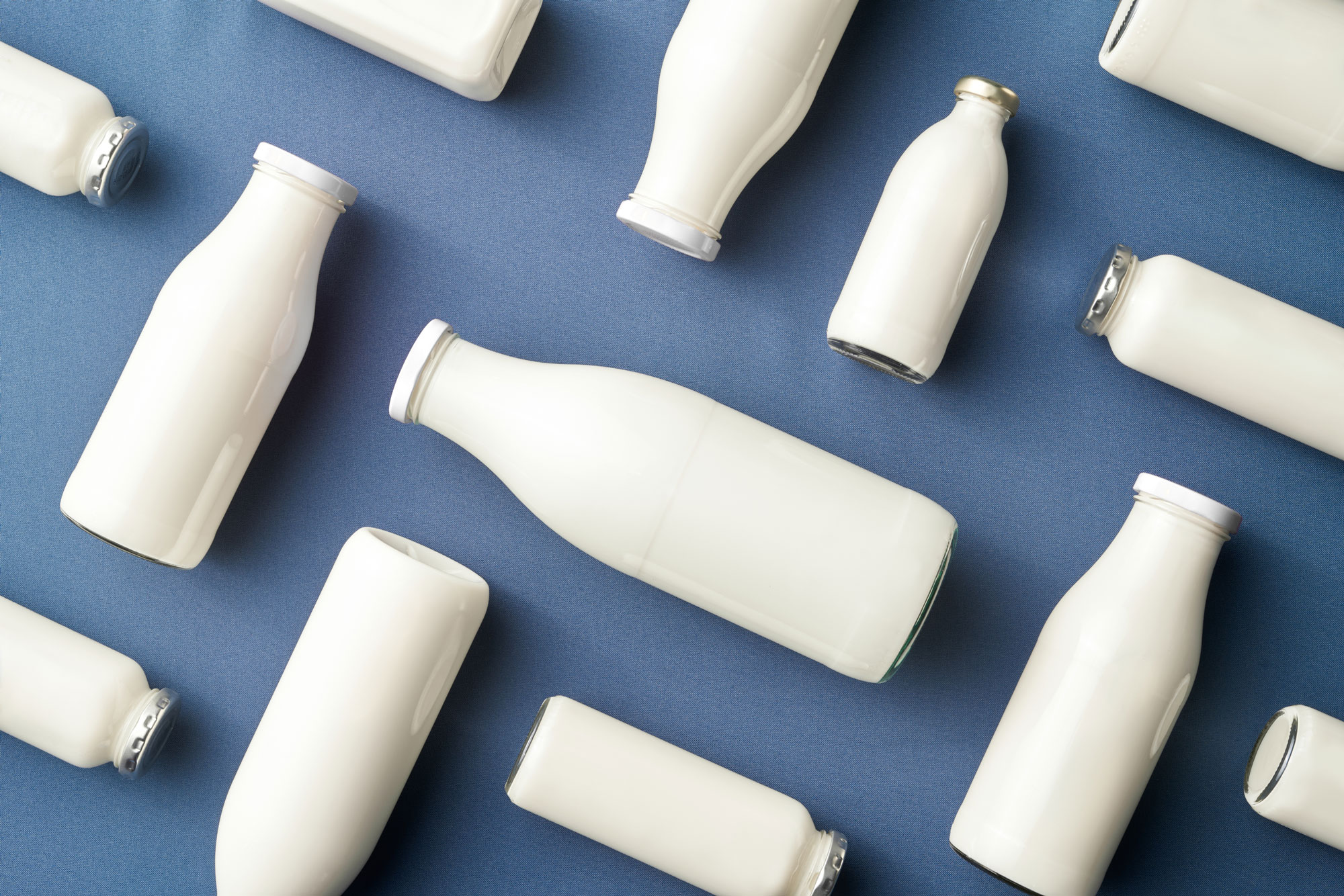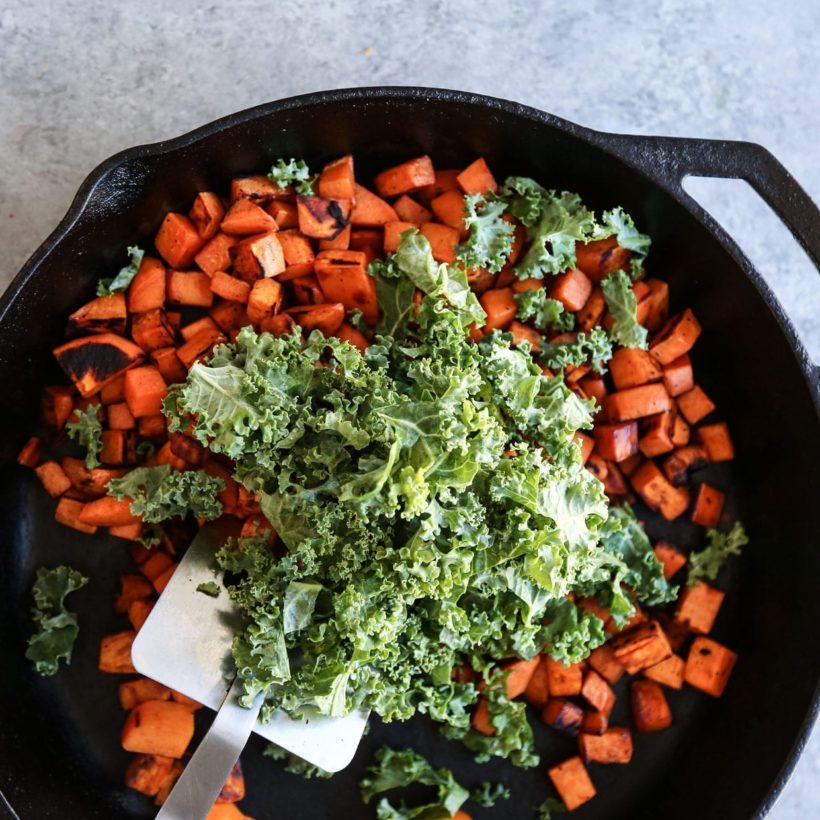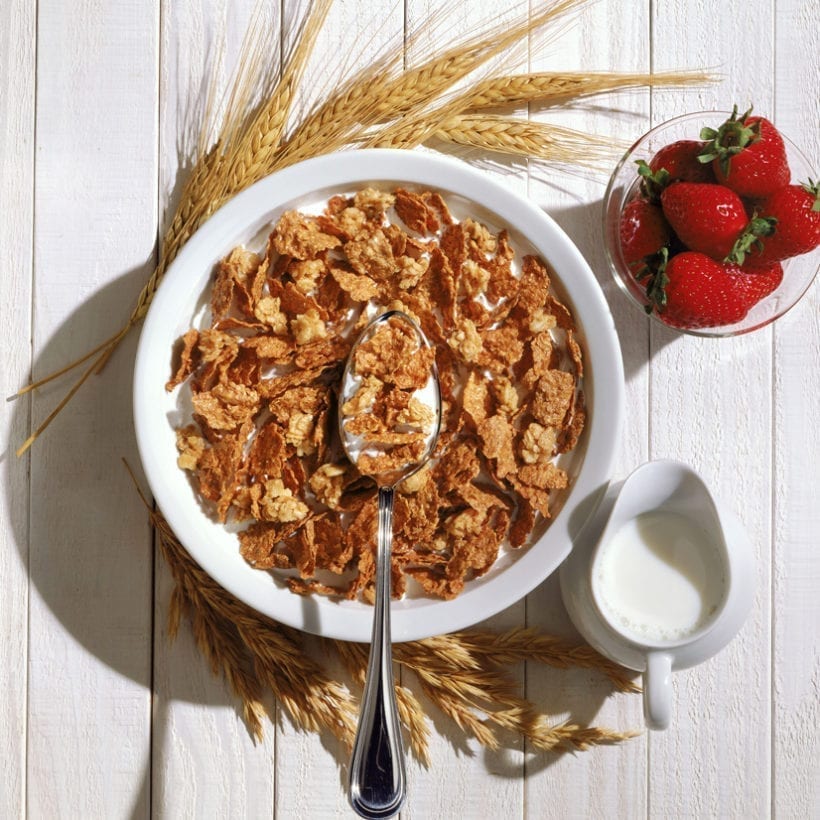Whether you’re vegan, concerned about the dairy industry’s impact on the environment, or your gut feels iffy after consuming cow dairy, plant-based diary may be your answer. Global sales of alternative milk reached nearly $21 billion last year — and that’s just milk; that’s not including all the other categories like yogurt and cheese. Though there are benefits to quitting traditional dairy, should you be concerned about getting enough calcium? Maybe. The Dietary Guidelines for Americans list calcium as a nutrient of public health concern because many people are not getting enough of it (even with cow’s milk), especially from nutritious sources. So let’s sink our teeth into this essential mineral — why we need it, how to know if we’re deficient and how to get enough.
Meet the Experts
Debbie Petitpain, MS, RDN is a spokesperson for the Academy of Nutrition and Dietetics.
Why We Need Calcium
“Calcium is a vital mineral that circulates in the blood to help muscles contract, including those that pump your blood and beat your heart,” explains Debbie Petitpain, a spokesperson for the Academy of Nutrition and Dietetics. Beyond that, it helps “nerves to transmit, which is vital for brain and nerve functioning.” The majority of it in the body supports bone structure and function. “It gives your body structure, which protect your vital organs,” she adds. It’s essential during pregnancy because it helps the baby’s bones and teeth develop, and later, the mother’s nutrients help supply most of the calcium in breast milk. Without calcium, our bones and teeth wouldn’t be strong, and our muscles, nerves, and brain wouldn’t function. Just a little important, then, eh?

RDAs: How Much We Need
Calcium needs vary a bit between different stages of life and increase if you are pregnant or lactating. You can see the full recommended dietary allowances (RDAs) for calcium here. But in general, people between ages 19 and 50 should have 1,000 mg per day, and women over 51 should up that to 1,200 mg per day.
So what are the signs we may not be getting enough? “There are no outward signs or symptoms,” says Petitpain. “That’s because calcium is so vital to functions such as having your heart beat, that the body has an amazing backup, so there is a constant calcium level in your blood.” Where is this storage place? Your bones and teeth. “But, over time, if you constantly withdraw calcium from your bone bank, you can develop weak or brittle bones, which leads to diseases such as osteoporosis.” And once you get low, other symptoms such as muscle cramps and mental confusion can occur.
If you suspect you may be low on calcium and not meeting your RDAs, you can arrange for testing through your doctor’s office.
Best Sources
If you don’t consume cow’s dairy, plenty of other good sources of calcium are available. Remember that packaged food lists the calcium content, so look at the labels. Also, it should be noted that many factors go into calcium absorption, so even if something has a lot of calcium, the body may not absorb all of that. (You can read more about absorption here.) A great place to start:
- Almond milk has 442 mg in a cup, which is more than the same amount of cow’s milk (around 300 mg/cup).
- Oat milk has 350 mg per cup
- Soy milk has 300 mg per cup
- Rice milk has 283 mg per cup
- Coconut milk has 41 mg per cup
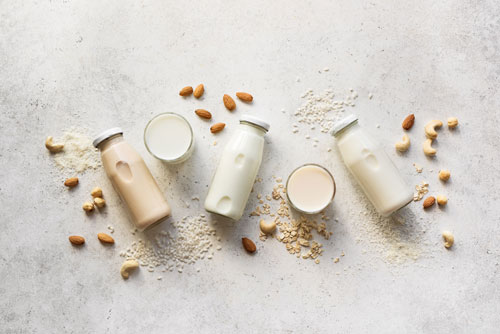
And what if cow’s milk doesn’t sit well, but goat or sheep does? They provide the same calcium as cow’s milk, around 300 mg per cup, says Petitpain. Calcium-fortified foods and drinks “are great sources of calcium for those who don’t consume traditional dairy,” she advises. Fortified options include 100 percent fortified grapefruit juice, which boasts 350 mg in one cup, some bread, and some breakfast cereals (but look out for added sugar, which may make the cereal a nutritionally unsound choice for getting calcium in the diet).
What about yogurts and cheeses? Calcium content varies by brand and milk type, so it’s best to look at the label, paying attention to one serving. They generally contain less calcium than traditional cow’s milk yogurt and cheese, so look for a fortified option if possible.
Some plant-based and animal-based proteins are also great options. Tofu, prepared with calcium sulfate, provides a whopping 434 mg of calcium in only half a cup of tofu. (This can vary by brand, so check labels.) Also, canned fish with bones, like sardines and salmon, provides calcium. Three ounces of sardines have 325 mg. Not used to eating bony fish? Try making salmon patties where you food process the ingredients.

Nuts and seeds can help round out your diet. In one tablespoon of sesame seeds, you’ll get 88 mg of calcium, 75 mg in a tablespoon of chia seeds, and 126 mg from the same poppy seeds. An ounce of almonds (or approximately 23) will add 76 mg to your daily intake.
Regarding vegetables, especially dark, leafy greens, here’s what you get in one cooked cup of the following vegetables: Collard greens: 268 mg; spinach: 245 mg; turnip greens: 197 mg; kale: 172 mg. Even one cup of cooked broccoli has 60 mg. Though most fruit isn’t high in calcium, dried figs are a great source, with around 240 mg of calcium in one cup.
If you don’t have the time or energy for calcium counting, here are a few ideas for meeting your daily requirements: For breakfast, a smoothie with the highest-calcium fruits (oranges, kiwifruit, and mulberries), some kale, chia seeds, almond milk, and your preferred yogurt; or make homemade granola or muesli chock full of nuts and seeds that you have with your preferred fortified plant-based milk. Lunch could be sardines on toast or a salad with nuts, seeds, leafy greens, goat’s cheese, and dried figs. A stir fry with tofu, vegetables, and sesame seeds would help get you over the RDA for dinner.

It should also be noted that the body absorbs calcium when it’s eaten with vitamin D (or with some sun exposure to get D naturally). Good sources of vitamin D include salmon, crimini mushrooms, vitamin D-fortified foods, pork chops, and eggs. Also, too much caffeine, salt, smoking, and protein can cause calcium to be lost from the body.
Supplementation
Yes, you can supplement, but there are a few things to be aware of: “Calcium is best absorbed in doses of 500 mg or less, so it may need to be taken multiple times per day,” Petitpain advises. Furthermore, “Calcium carbonate supplements should be taken with food, but calcium citrate can be taken with or without food.” Calcium citrate is absorbed more quickly but isn’t as calcium-rich as calcium carbonate, so you may need to take more to meet your RDA.
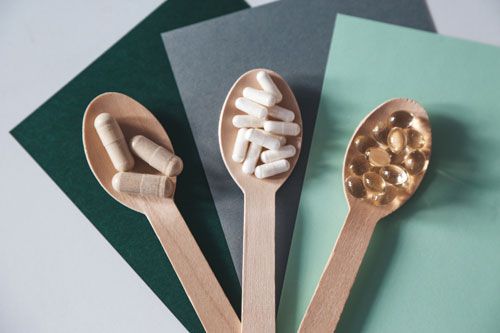
Petitpain warns that calcium supplements “can interfere with the absorption of other minerals, such as iron, and certain medicines, so discuss supplementation with your doctor or registered dietitian.” Gas, bloating, or changes in bowel habits are also possible when starting supplements.
As always, speak with your doctor or a registered dietitian (you can find one at eatright.org) if you have concerns about your calcium levels.
We only recommend products we have independently researched, tested, and loved. If you purchase a product found through our links, Sunday Edit may earn an affiliate commission.
